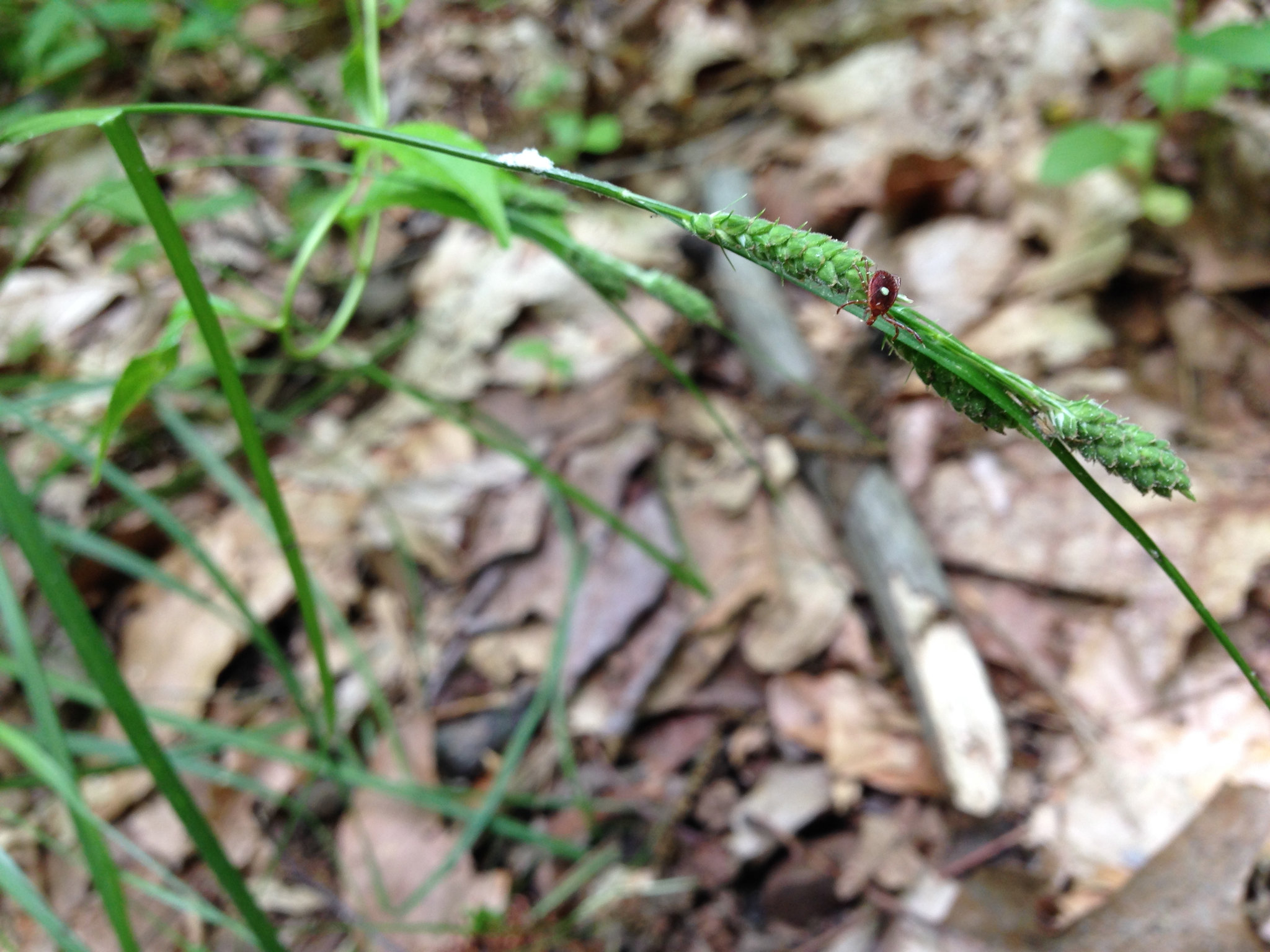10 Things I’ve Learned as an ESLC Summer Intern
By Autumn Conley
Back in May, I graduated with my B.S. in Environmental Studies, moved home to the Shore, and immediately began a 10-week internship with Eastern Shore Land Conservancy. The months spent as an organizational intern have absolutely flown by, and as my internship with ESLC comes to a close, I have spent a great deal of time reflecting on the knowledge, skills, and values that have been instilled in me over the last few months. While working alongside ESLC’s land conservation team and land use and policy team, I have had the opportunity to shadow a variety of experienced and insightful professionals. I am immensely grateful to every member of ESLC’s dedicated staff for providing me with such a valuable internship opportunity, which has profoundly shaped my journey as both a conservationist and a young professional entering the early stages of my career. I sincerely hope our paths cross again in the future. I look forward to continuing my career in the NGO sector and am excited to explore my other conservation interests in my upcoming Chesapeake Conservation and Climate Corps (CCCC) term with our office neighbors, ShoreRivers! Here are ten things I’ve learned this summer at ESLC:

1
Even if you’ve lived on the Eastern Shore your entire life, there are still plenty of hidden gems to explore. A large portion of my monitoring work took place in Kent County, just one county north of where I grew up, and I am still in awe of some of the gorgeous farms, sprawling meadows, and stunning shorelines I had the pleasure of visiting in this area. One of my favorite easement monitoring visits was to the Wilmerdings’ beautiful property in Chestertown. The Wilmerdings’ land has been protected with ESLC since 2008, and consists of 181 acres of forests, fields, meadows, wetlands, and waterfront.

2
Easement monitoring is really fun, but also requires plenty of preparation. Between calling or emailing property owners to schedule the visit, reading over past reports to familiarize oneself with the property, dressing appropriately for the weather, and remembering to pack plenty of water, sunscreen, and bug spray, there’s a lot of prep work for a visit that might only take half an hour to complete once on site.

3
More properties contain small cemeteries and individual graves than I anticipated, making for some seriously spooky and mysterious monitoring visits. This also presented the opportunity to learn more about local history and easement acquisition, as historic value is sometimes a factor when evaluating an easement for conservation funding.

4
Owning land is a privilege, and also a huge responsibility. Because I have a parent who works as a park ranger, I grew up in a house within Tuckahoe State Park, where I regularly explored and enjoyed publicly accessible land. Private land ownership was not a significant part of my upbringing. My experience observing private land conservation during my internship has provided me with a greater sense of admiration for the many private land stewards who personally invest in the conservation of ecosystems and resources across the shore.

5
As a total tick-magnet, I was horrified to learn that recent studies have shown the insects can literally fly through the air using static electricity to latch onto hosts from afar (thanks for sharing, Larisa). However, I’m happy to report that I made it through the summer unscathed by employing diligent tick prevention methods before each site visit.

6
Despite widespread polarization surrounding environmental issues, the majority of folks on the Eastern Shore are truly committed to conservation. Throughout my internship I’ve had the opportunity to engage with various stakeholders including property owners, farmers, planners, commissioners, and others. It has been incredibly inspiring to see the values of conservation deeply ingrained within the community.

7
I really enjoy GIS (Geographic Information Systems) related tasks. I took an introductory GIS course during college and liked it enough, but being able to put the knowledge and tools I mastered into practice really changed the game. I look forward to expanding my GIS expertise in the future!

8
Good environmental policy and implementation are only achieved through extensive and productive collaboration—between town and county governments and the conservation sector, among the targeted committees made up of experts and stakeholders, and even within an individual organization’s staff.

9
Though initially daunting, the ever-growing list of acronyms used in conservation work will become part of your everyday vocabulary before you know it. NAWCA, REPI, CREP, ACUB, WSS, RFP, NOFO, MOU…

10
Becoming directly involved in local conservation work has profoundly strengthened my sense of place. The pride I feel for the Eastern Shore community, for its natural landscape, and for its historic and cultural value has deepened because of my time with ESLC. I am incredibly grateful for the opportunity to truly sink my roots into the land that raised me.






